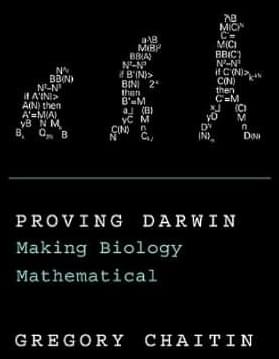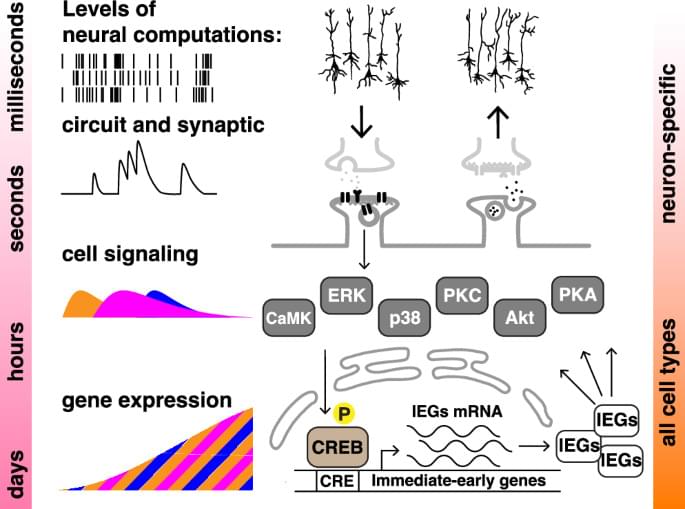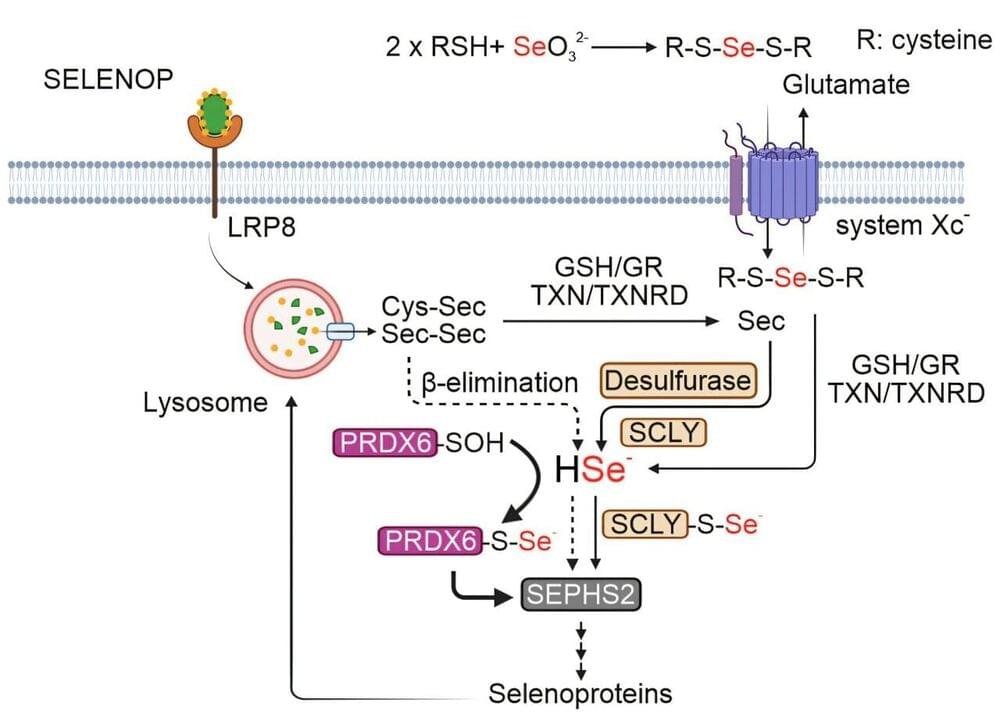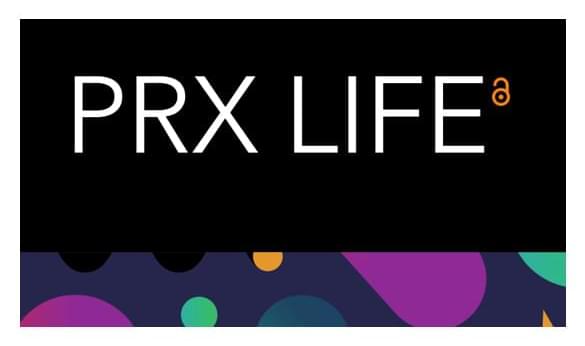A new slide about the planned 2028 mission shows a four-wheeled lunar craft with a humanoid form.





Researchers from the University of Montpellier, the University of Zurich, Naturhistorisches Museum Bern, and other institutions have found that breed function and behavior correlate with relative endocranial volume (REV) in domestic dogs.
Domestic dogs exhibit variations of morphologies and cognitive abilities, a diversity rooted in centuries of domestication and selective breeding for functional attributes. Historically, mammals have shown a trend toward larger brains to support advanced cognition, a pattern that appears disrupted in domestic dogs.
Despite having, on average, 20% smaller brains relative to their wild ancestral counterpart, the gray wolf, domestic dogs often demonstrate a range of equivalent cognitive skills, challenging some conventional assumptions about brain size and intelligence.

Selenoproteins are crucial for several biological functions, including the breakdown of harmful substances, immune system support, and regulating metabolic processes. However, in specific contexts, these proteins can be misused and shield cancer cells from death. One such protein, glutathione peroxidase 4 (GPX4), is vital in supporting cellular protection and cancer cell survival.
“This protective property of GPX4 creates a significant challenge for standard cancer therapies, as its activity has been shown to promote survival of drug-tolerant states,” says Professor Pedro Friedmann Angeli, chair of Translational Cell Biology at the University of Würzburg (JMU), Germany.
“But if we can inhibit GPX4 production, we may be able to target and destroy cancer cells. This is particularly promising for treating neuroblastoma, which primarily affects children.”

Uranus’s upper atmosphere has been cooling for decades—and now scientists have shown why. Observations from Earth have shown Uranus’ upper atmosphere has been cooling for decades, with no clear explanation.
Now, a team led by Imperial College London scientists has determined that unpredictable long-term changes in the solar wind —the stream of particles and energy coming from the sun—are behind the drop.
The team predict Uranus’ upper atmosphere should continue to get colder or reverse the trend and become hotter again depending on how the solar wind changes over the coming years.

Water, a molecule essential for life, exhibits unusual properties—referred to as anomalies—that define its behavior. Despite extensive study, many mysteries remain about the molecular mechanisms underlying these anomalies that make water unique. Deciphering and replicating this distinctive behavior across various temperature ranges remains a significant challenge for the scientific community.
Now, a study presents a new theoretical model capable of overcoming the limitations of previous methodologies to understand how water behaves in extreme conditions. The paper, featured on the cover of The Journal of Chemical Physics, is led by Giancarlo Franzese and Luis Enrique Coronas, from the Faculty of Physics and the Institute of Nanoscience and Nanotechnology of the University of Barcelona (IN2UB).
The study not only broadens our understanding of the physics of water, but also has implications for technology, biology and biomedicine, in particular for addressing the treatment of neurodegenerative diseases and the development of advanced biotechnologies.

Entanglement in hybrid quantum systems comprised of fundamentally different degrees of freedom, such as light and mechanics, is of interest for a wide range of applications in quantum technologies. Here, we propose to engineer bipartite entanglement between traveling acoustic phonons in a Brillouin active solid state system and the accompanying light wave. The effect is achieved by applying optical pump pulses to state-of-the-art waveguides, exciting a Brillouin Stokes process. This pulsed approach, in a system operating in a regime orthogonal to standard optomechanical setups, allows for the generation of entangled photon-phonon pairs, resilient to thermal fluctuations. We propose an experimental platform where readout of the optoacoustics entanglement is done by the simultaneous detection of Stokes and anti-Stokes photons in a two-pump configuration.

The rigid structures of language we once clung to with certainty are cracking. Take gender, nationality or religion: these concepts no longer sit comfortably in the stiff linguistic boxes of the last century. Simultaneously, the rise of AI presses upon us the need to understand how words relate to meaning and reasoning.
A global group of philosophers, mathematicians and computer scientists have come up with a new understanding of logic that addresses these concerns, dubbed “inferentialism”
One standard intuition of logic, dating back at least to Aristotle, is that a logical consequence ought to hold by virtue of the content of the propositions involved, not simply by virtue of being “true” or “false”. Recently, the Swedish logician Dag Prawitz observed that, perhaps surprisingly, the traditional treatment of logic entirely fails to capture this intuition.

A new quantum entanglement approach by Max-Planck-Institute scientists uses Brillouin scattering to link photons with acoustic phonons, enhancing stability and operating at higher temperatures.
Quantum entanglement is essential for many cutting-edge quantum technologies, including secure quantum communication and quantum computing. Researchers at the Max Planck Institute for the Science of Light (MPL) have developed an efficient new method to entangle photons with acoustic phonons. Their approach overcomes one of the most significant challenges in quantum technology—vulnerability to external noise. This groundbreaking research, published on November 13 in Physical Review Letters, opens new possibilities for robust quantum systems.
Exploring Optoacoustic Entanglement